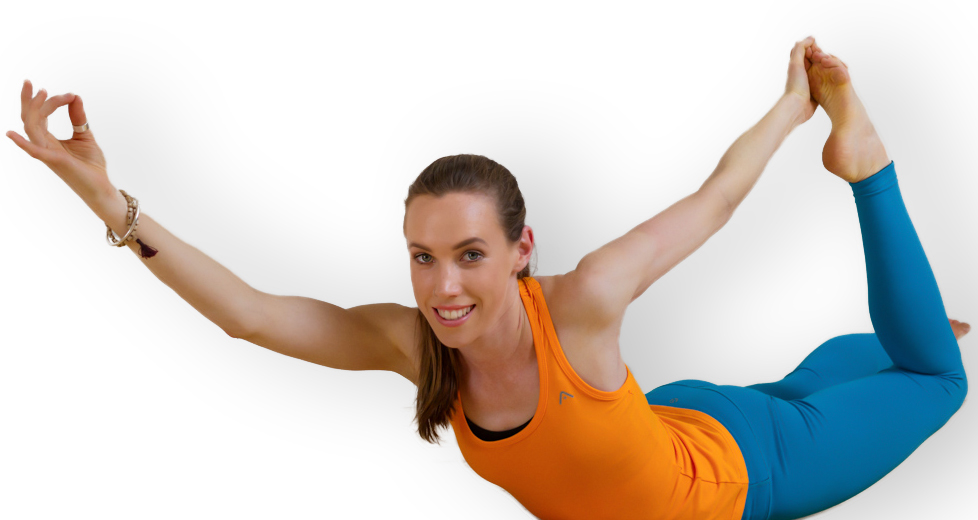Our skeletal system is a series of long and short bones connected to each other by joints. Our body depends on this skeletal framework for shape and movement, without it we would be like a jelly fish – soft and shapeless. The 206 bones which make up the human skeleton also have many other functions. They protect the softer parts of the body like the heart, brain and lungs. Blood cells are produced in the bone marrow and the bones store many minerals like calcium and phosphorous.
Although our bones are very hard on the outside, on the inside they are much softer, porous and sponge-like. Bones, like the rest of our body are living tissue which are growing and reshaping themselves over and over again according to the way we are using our bodies. Yoga poses bring a steady supply of blood, nutrients and energy to this mass of living, breathing, changing tissue.
Because many forms of exercise like jogging, aerobics and many of the competitive sports are high-impact, they can have a negative effect on our joints which, as we age, can contribute to bone fractures and joint wear. Recent studies show that yoga poses improve our joint health by stimulating the release of lubricating fluids and reducing the effects of the wear and tear that is responsible for osteoarthritis.
In a well rounded yoga session there are a variety of poses which systematically apply bone strengthening weight to each of the body parts. Therefore the bones in the hands, wrists, arms, upper body, neck and head, pelvis, spine and feet and legs all become stronger. As a form of exercise to build strong bones, yoga is a complete workout and because all the poses can be adapted and modified there is no limitation to who can perform any of the poses and still get the required results while working at their own pace.
One of the most debilitating problems that affects us at any age is the compression and misalignment of the spine. The stretching, twisting and strengthening of yoga poses and the emphasis that is placed on building and maintaining correct posture can so dramatically affect the spine that problems such as slipped discs, spondylosis, kyphosis and scoliosis can all be reduced if not cured.
Unfortunately as we age we are more prone to falling over and fracturing our bones but a consistent yoga practice can address this by improving our balance and co-ordination.
At any age we can succumb to the effects of unmanageable stress. Yoga is well known as ‘first-aid’ for stress! Who would think that stress affects our bones, but one of the effects of stress is the release of adrenaline which depletes the calcium in our bones, encouraging them to become more brittle and prone to osteoporosis. The slow, complete yoga breath, the restorative poses such as Legs up the Wall and Supported Fish are deeply relaxing and work to retain the calcium where it should be – in the bones.
Yoga is a well rounded health practice which encourages the health of the skeletal system along with every other system of the body.
